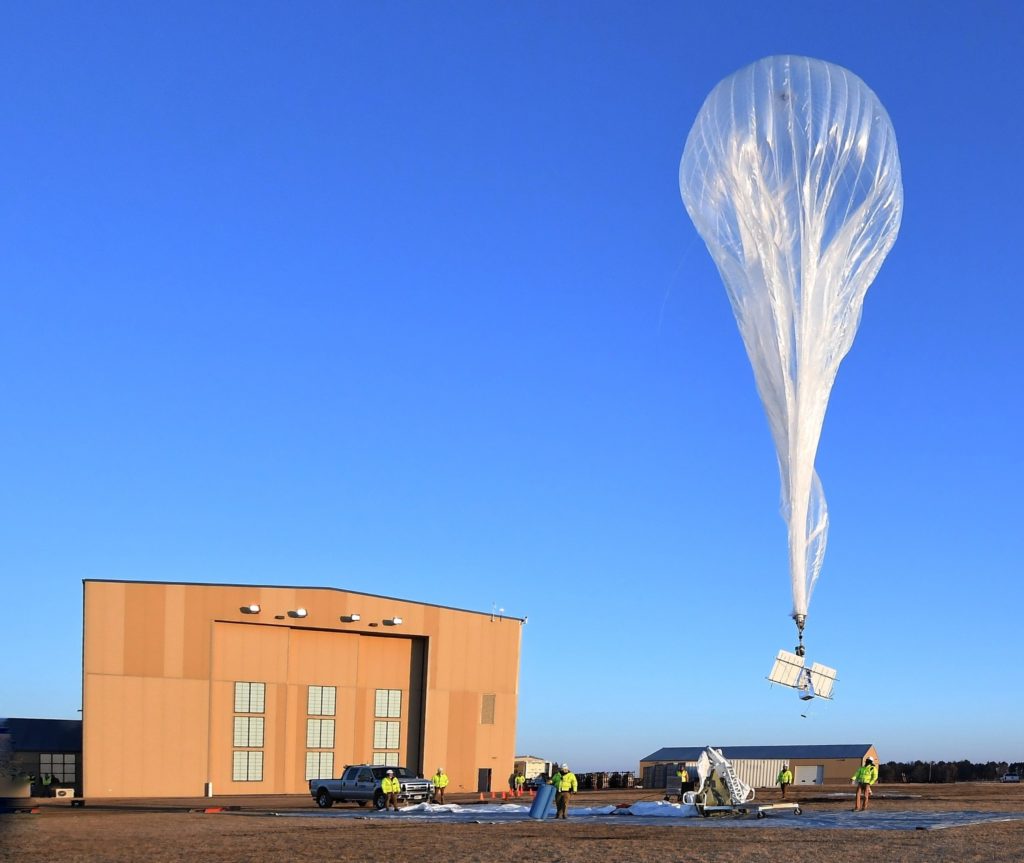Jim Nelson, Raven Aerostar Division Manager
Raven Aerostar, a division of Raven Industries, is dedicated to connecting, protecting, and saving lives through its work as an aerospace and defense provider. The division traces its roots back to the company’s founding in 1956 when it was established by four forward-thinking innovators who previously worked for General Mills Aeronautical Research. Today, Raven Aerostar’s core product offerings include stratospheric platforms, radar and perception sensors, technical services, tethered aerostats, and protective wear

For 65 years, Raven Aerostar has led the design, manufacture, and materials development of stratospheric balloons for the U.S. Department of Defense, NASA, National Science Foundation, and many other government and commercial organizations around the world. We have flown thousands of balloons in the stratosphere and continue the development of our persistent high-altitude platform systems.
Raven Aerostar’s Thunderhead and Lightning platforms offer a complete solution for navigating communications or remote sensing hardware through the stratosphere. Aerostar stratospheric platforms provide power, high- and low-bandwidth communication channels, thermal management, GPS/INS, and other services to enable the rapid testing and deployment of various payloads. Aerostar also provides full operations support, with a dedicated flight operations team that can provide balloon services anywhere in the world.
Raven Aerostar joined the HAPS Alliance as a Principal member to help tackle key issues that are critical to high altitude, including airspace regulations, public awareness, and communication technology. Raven Aerostar’s close relationship with Loon, an Alphabet company, led to our interest in joining the HAPS Alliance. Raven Aerostar worked with Loon for over a decade on their program to expand internet connectivity through high-altitude balloons.
Today, we’re proud to bring our knowledge to the table alongside other industry leaders through the Alliance, which was established to ensure that the future of stratospheric flight is managed in a way that fosters development as well as safely to benefit all potential users. While traditionally recognized airspace, below 60,000 feet, has continued to advance over the past century, flight in the stratosphere has maturated but remains relatively unregulated. Today, flight demands are steadily increasing and will require regulation to deconflict traffic. Ensuring that regulations are developed pragmatically — and are based on experience with actual stratospheric platform operation — is essential. HAPS members will greatly contribute to increasing the odds of doing it right.
We are excited about the opportunity to develop greater interoperability between stratospheric layers and platforms. The HAPS Alliance is poised to set a new standard of industry participation in the development of policies that promote innovation and growth through positive airspace management practices. We look forward to unifying the efforts of companies, research organizations, and regulators in our common goal of appropriate standards for safety, reliability, and airspace management.
